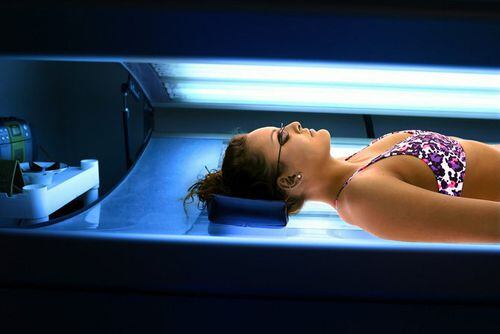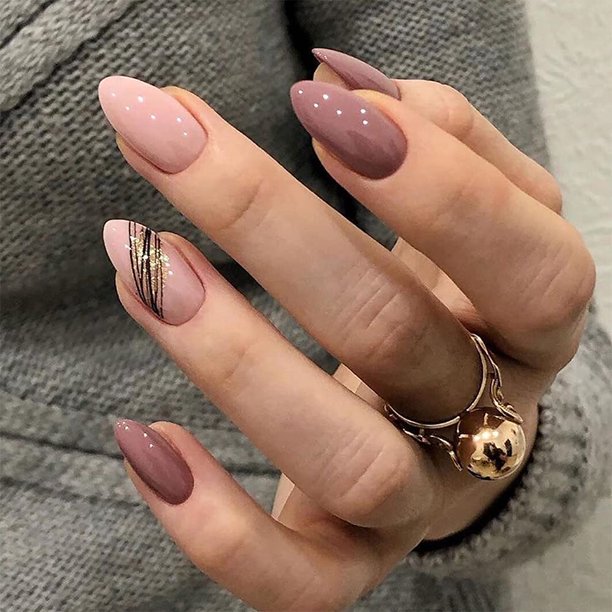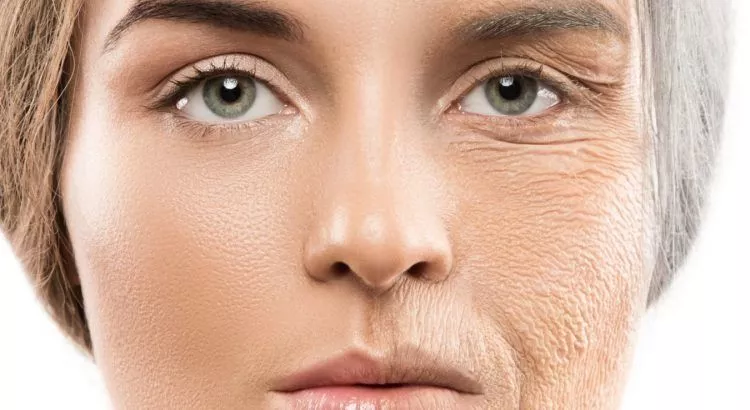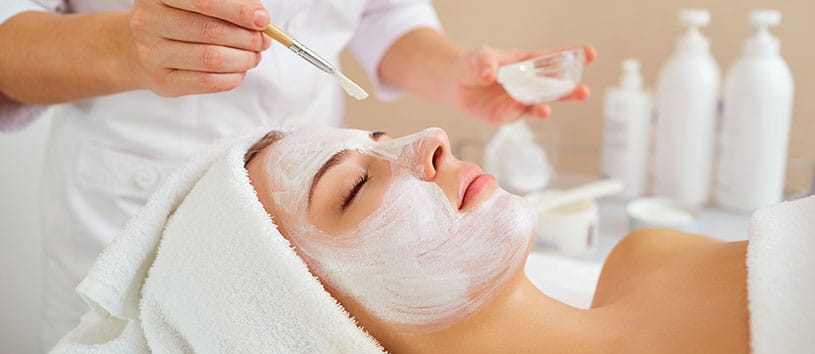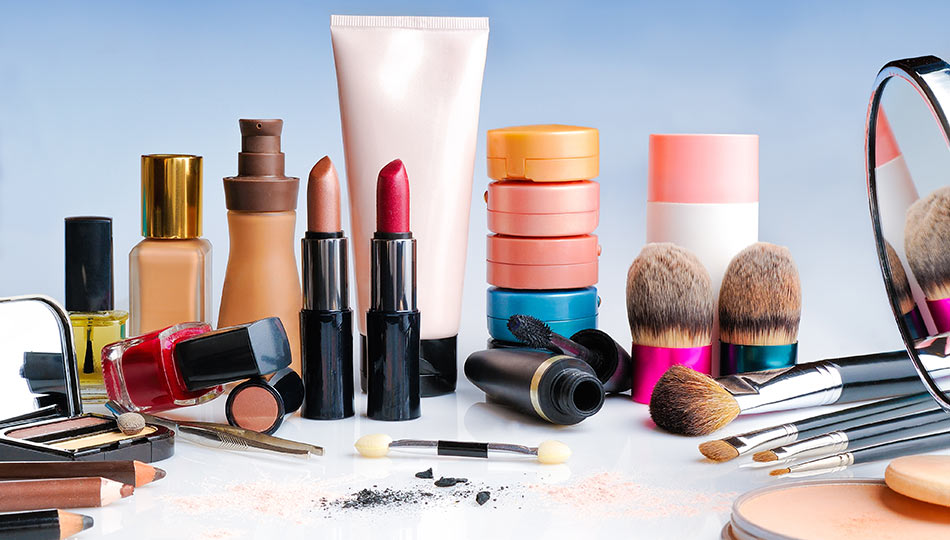Banish Lice with a Burst of Color – Hair Dye as an Effective Treatment
Recent studies have shown that hair dye, particularly permanent and semi-permanent varieties, can be surprisingly effective in eliminating lice infestations. The active ingredients in these dyes, known as coal tar derivatives and oxidative hair dyes, disrupt the waxy coating that protects lice eggs, or nits, essentially suffocating them. This effect extends to adult lice as well, damaging their respiratory systems and hindering their ability to reproduce. This makes them a more accessible option for families and individuals who might struggle with the cost or availability of prescription medications. Additionally, the process of applying hair dye coincides naturally with lice treatment routines. The thorough combing required to ensure even dye application helps remove nits and lice physically from the hair. Furthermore, the act of shampooing after dyeing hair helps to dislodge any remaining lice or nits. However, it is important to remember that using hair dye as a lice treatment is not a one-size-fits-all solution. For one, the effectiveness of this method depends on the type of hair dye used.

Temporary hair dyes, for instance, have little to no effect on lice, as they lack the potent ingredients necessary to disrupt the lice’s waxy coating. Additionally, natural dyes like henna are not effective against lice. To ensure success, permanent or semi-permanent dyes specifically formulated with coal tar derivatives or oxidative dyes are recommended. Another point to consider is the life cycle of lice. Lice eggs can remain viable on hair shafts for up to two weeks. To ensure complete eradication, it is crucial to reapply the hair dye treatment after a week, targeting any newly hatched lice or nits. This persistence is essential to break the lice life cycle and prevent re-infestation. While hair dye offers a promising new avenue in lice treatment, it is not without its limitations. Firstly, the effectiveness of this method can vary depending on the severity of the infestation. For severe cases, particularly those involving antibiotic-resistant lice strains, consulting a healthcare professional and using a doctor-prescribed treatment plan might be necessary.
Additionally, some individuals might experience allergic reactions to certain hair dye ingredients. Performing a patch test on a small area of skin behind the ear 48 hours before applying the dye to the entire head is vital to avoid any potential allergic reactions and does dying hair kill lice. Finally, it is important to remember that using hair dye for lice treatment is not a preventative measure. Lice are highly contagious and can easily spread through head-to-head contact or sharing personal belongings like combs, brushes, or hats. Maintaining good hygiene practices, including regular hair washing and avoiding sharing personal items, remains the cornerstone of lice prevention. By disrupting the lice’s waxy coating and hindering their reproduction, hair dye offers a safe and convenient alternative to traditional lice treatments. However, for best results, it is crucial to choose the appropriate hair dye type, understand the lice life cycle for reapplication, and prioritize preventative measures to avoid re-infestation.

